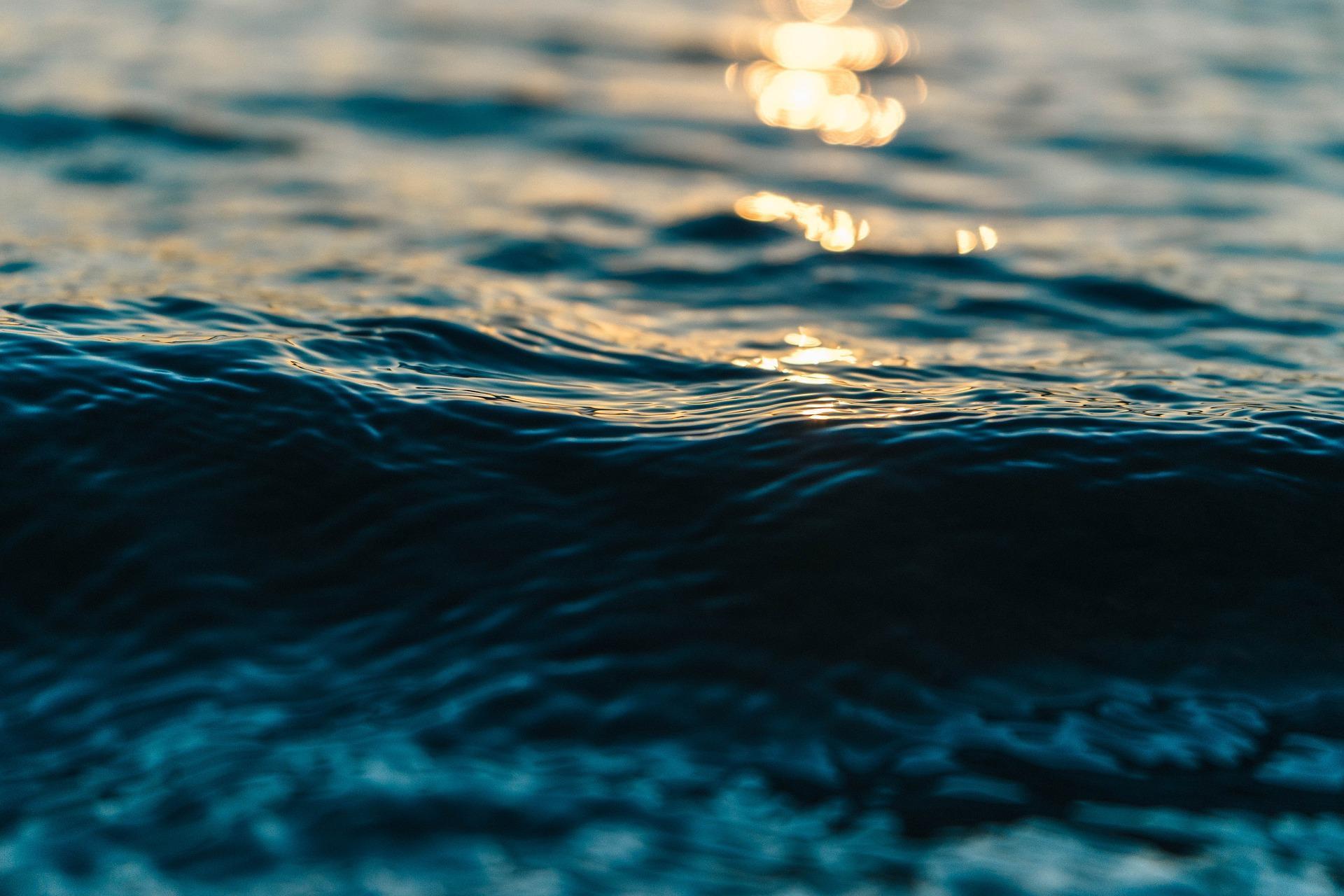Why is the Ocean Salty?


Did you know that even though Earth is mostly water, only a tiny amount is the kind we can drink? Our planet is covered in vast oceans filled with salty water, but have you ever wondered why the sea is salty? The answer has to do with what's dissolved in the water and how the sun plays a sneaky trick.
In this article by thedailyECO, we'll explore why is the ocean salty in a fun and easy way, perfect for curious kids!
What is the origin of the oceans?
Our planet's story starts roughly 4.5 billion years ago. Back then, the Solar System was a swirling cloud of dust and gas called a solar nebula. Gravity pulled this material together, igniting a fiery birth for our planet. Collisions with other celestial objects added tremendous heat, causing Earth to be a molten mass.
As the eons passed, Earth's exterior gradually cooled. However, the heat source at its core remained, shaping the planet's interior through ongoing physical and chemical changes. Meanwhile, volcanic activity and intense outgassing released gases like water vapor, carbon dioxide, and methane, forming Earth's early atmosphere.
As the Earth gradually cooled, it became hospitable for water to exist in liquid form. The water vapor in the atmosphere condensed and fell as rain, filling the depressions on the planet's surface. These early oceans were likely quite different from their modern counterparts, perhaps much hotter and with a greenish hue due to dissolved iron
These dramatic processes, stretching over millions to hundreds of millions of years, sculpted Earth's surface and atmosphere.
Ever wondered what exactly makes up that vast ocean of salty water? Dive deeper into the secrets of sea water in another interesting article.
Why is the ocean salty?
Seas and oceans are salty primarily due to the presence of dissolved salts, particularly sodium chloride (NaCl). The origin of this salt in seawater is a result of various geological and atmospheric processes that have occurred over millions of years.
Salt, chemically known as sodium chloride, consists of two elements: chlorine (Cl) and sodium (Na). These elements combine to give seawater its characteristic salty taste. Salt is naturally present in rocks and minerals on Earth's crust, and over time, these rocks have eroded, releasing salts that have dissolved in water.
The Earth's early atmosphere contained water vapor and other gases, including carbon dioxide (CO2). When carbon dioxide combines with water vapor, it forms carbonic acid, which falls as rain. This rainwater has the ability to erode and weather rocks, releasing salts that dissolve in water. This process has contributed to the salinity of oceans and seas over millions of years.
In addition to sodium chloride, other elements also contribute to the salinity of seawater. These elements include potassium (K), magnesium (Mg), sulfate (SO4), calcium (Ca), bicarbonate (HCO3), and bromine (Br). These elements are derived from the erosion of rocks, volcanic activity, and chemical reactions in the Earth's crust.
The salinization of the oceans began millions of years ago and continues to occur due to various factors such as volcanic eruptions, weathering of rocks, inflow of salts from rivers, and evaporation from the oceans.
Currently, the average salinity of seawater is approximately 35 grams of salt per liter of water. However, salinity levels can vary in different parts of the ocean due to factors such as melting polar ice caps, river inflow, evaporation, precipitation, wind, and ocean currents.
The ocean's a fascinating dance of salt and movement. Explore the hidden forces that drive deep ocean currents in another article.

Is the Dead Sea the saltiest sea in the world?
With a salinity of around 350 grams per liter (or 34.2%), the Dead Sea is undeniably one of the saltiest bodies of water on Earth.
Although the Dead Sea is often called the "saltiest sea," there are other bodies of water that can surpass its salinity levels, primarily due to extreme evaporation. One such example is Lake Vanda in Antarctica. This permanently frozen lake holds the distinction of being the saltiest permanent lake on Earth. With a salinity reaching up to 35%, Lake Vanda can actually be saltier than the Dead Sea. However, it's important to note that Lake Vanda is much smaller than a sea and remains covered in ice for most of the year. Meanwhile, the Dead Sea's salinity is very consistent, whereas these other examples might have their salinity fluctuate depending on environmental factors.
The Dead Sea's extreme salinity is a result of two key factors: high evaporation and being a terminal lake. Here's the breakdown:
On one hand, the Dead Sea is located in a hot, dry desert region with very little rainfall. The scorching sun leads to high evaporation rates. As water evaporates, it leaves the salt behind, making the remaining water saltier over time.
On the other hand, the Dead River is the main source of water for the Dead Sea, but it has no outlet to the ocean. This means all the water that flows into the Dead Sea can only escape through evaporation. Freshwater flowing in dissolves minerals from surrounding rocks, but there's no way for that salty water to leave. Over time, this trapped water concentrates the salt further.
These two factors working together create a cycle that keeps increasing the Dead Sea's salinity, making it one of the saltiest bodies of water on Earth.
We've learned why the ocean is salty, but what separates the vast oceans from the seas we see near the shore? Dive deeper in another article to discover the surprising differences!

If you want to read similar articles to Why is the Ocean Salty?, we recommend you visit our Facts about Earth and the universe category.







